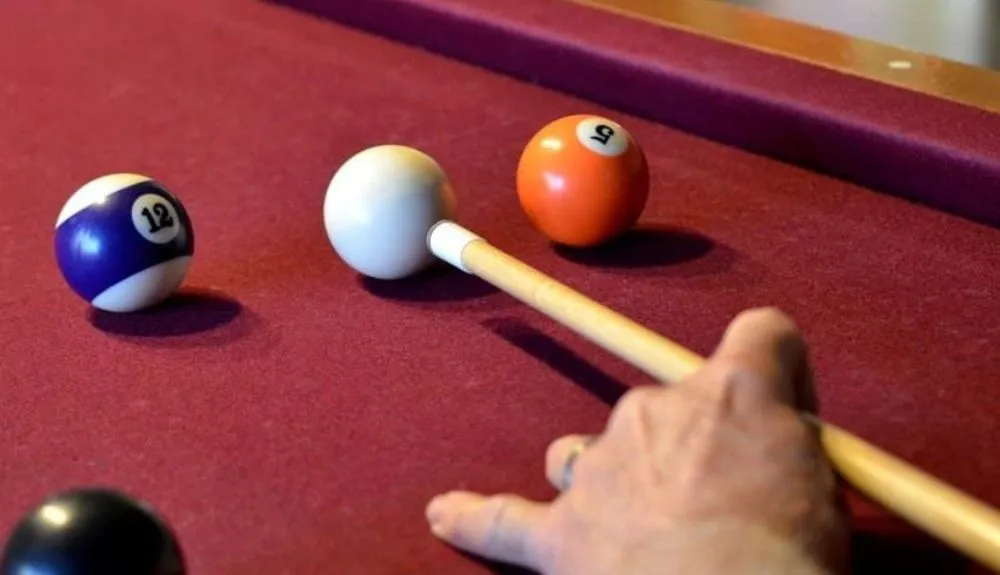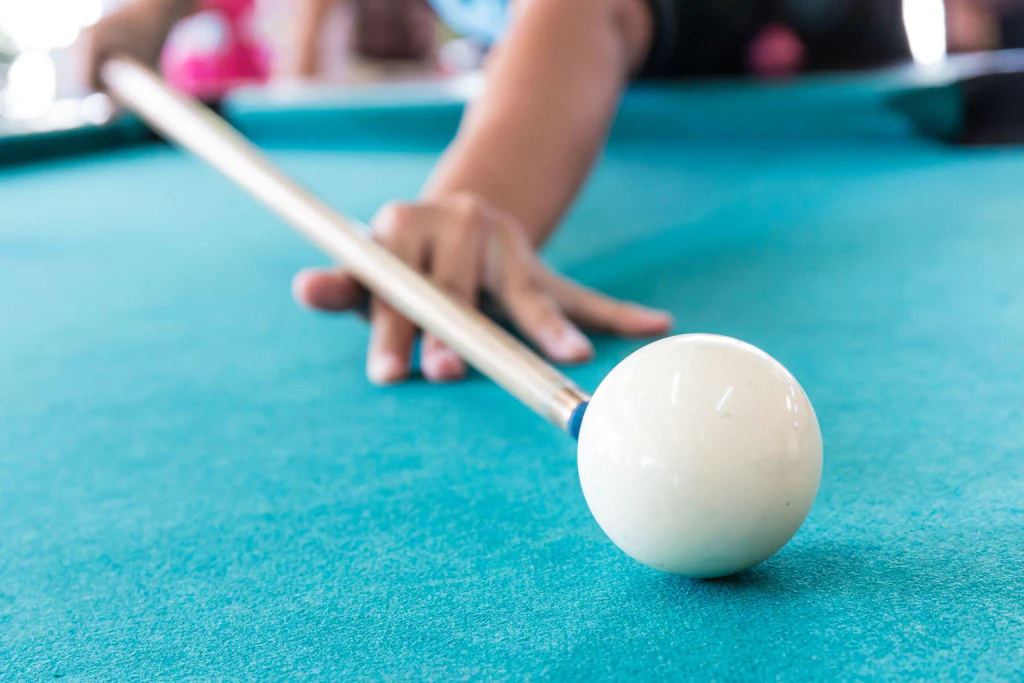Whether you’re new to the game or an expert player, control and precision depend on how you hold your pool stick. When your grip on the stick is correct, it produces steady strokes, which lead to better control and positioning of the ball. Proper grip minimizes tension in your hands and arms, preventing fatigue while improving fluid movement. When you hold your cue stick incorrectly, it can cause missed shots and physical discomfort, which negatively affects your pool game. You will experience more successful and fun pool playing when you learn how to hold a pool stick.
The Essential Guide to Pool Stick Components
Your pool game will improve if you understand all parts of the pool stick. The standard pool cue has three main parts: the butt for gripping, the shaft to guide your shot, and the tip, which contacts the cue ball. The ferrule functions to absorb shock, whereas the handle wrap enhances grip and control during play. Understanding how to hold a pool stick lets you have proper form and shoot accurate shots with assurance.
Grip Matters: Choosing Between Open and Closed Styles
Your grip style significantly impacts your control and accuracy. An open grip, where the cue rests lightly in your fingers, promotes a relaxed, fluid stroke with minimal tension. This style is ideal for finesse shots and consistent cue ball control. A closed grip, where your fingers fully encircle the cue, offers a firmer hold for added power and stability. Choosing the proper grip depends on your playing style, but both techniques require balance—too tight creates tension, while too loose reduces control.
Nailing The Essentials Of How To Hold A Pool Stick
To enhance your control and precision while playing pool, you must learn how to hold a pool stick correctly. A strong base is beneficial for achieving precise shots when you’re either starting or working to improve your game. The following section outlines every necessary action to perfect your billiard grip, stance, and bridge positioning.
Grip & Aim: Properly Holding the Pool Stick for Accuracy
Hold the cue close to the back with your dominant hand, where it balances naturally (usually around the tape-covered part). Relax your grip slightly to keep control, but do not let the tension build up. Beginner players tend to make the mistake of squeezing the grip with great strength, which can break the shot’s momentum. Instead, let your thumb and index finger control for stability, adding your middle finger if you require more force. Ensuring your body aligns with the cue ball after exploring how to hold a pool stick.
Bend, Align, and Aim Like a Pro
When you have a comfortable grip, drop the object ball until your eyes and the cue ball are in line. Post stiff and upright, and it’s hard to aim, so bend your knees and keep loose. Your legs must be separated a few inches apart so that you get the solid support required for a stable shot. The closer to the line of aim your head is, the more accurate you will be.
Make an Open Bridge with Your Other Hand
Your bridge hand gives you the foundation needed to direct your shot. Put it 6–8 inches from the cue ball, spreading your finger open on the table. For an open bridge, make a “V” between your thumb and index finger for the cue to slide through. Seek to lift (or lower) your hand height, always in a small increment, to bring all sides of your cue elevating during your shot. A properly formed bridge increases shooting accuracy and stops unintended motion.
Steady the Cue and Align Your Shot
During your setup, investigate your target ball and ensure the pool stick aligns with your desired pathway. Center the cue ball, that is, the “sweet spot,” to keep control of how the cue ball will move. It’s all about visualization—picture how the cue ball is supposed to travel, then position yourself for that. If you can see a direct line from the cue ball to the object ball, you’re on track to make a more accurate shot.

The Secret to Accuracy? A Smooth Follow-Through!
By focusing on how to hold a pool stick, you’ll develop an intense initiation for surmounting pocket billiards. Proper grip, stance, and bridge technique make all the difference in attaining smooth, manipulated injection. With the pattern, this staple will become second nature, rigging you up for achiever in every biz! With everything in place, it’s a meter to take your shot. Celebrate your grip loose and natural, and deflect any stiffness that could throw off your fortuity. Postdate these fundamental whole steps to execute a smooth and verified shot:
- Grip the cue lightly – A relaxed hold ensures fluid movement and better control.
- Slide the cue forward smoothly – Avoid jerky or rushed motions; aim for a consistent stroke.
- Strike, don’t poke – Contact the cue ball with a steady, controlled motion instead of jabbing at it.
- Follow through – Continue your cue motion even after hitting the ball to maintain accuracy.
- Adjust before committing – If unsure, gently move the cue back and forth over your bridge to find balance before taking the shot.
Frequently Asked Questions
What’s The Best Stance For A Pool?
Stand shoulder-width apart, knees slightly bent, and lean forward to align your eyes with the cue ball.
How Tight Should My Grip Be?
Keep a relaxed yet firm grip—tight enough for control but loose enough for a smooth stroke.
Where Should I Place My Bridge Hand?
Position it 6–8 inches from the cue ball for better accuracy and stability.
Conclusion
Mastering how to hold a pool stick is the cornerstone of improving your game, whether you’re a novice or an experient role player looking to rarify your proficiency. A proper clench, an unchanging stance, and a well-formed bridge all lead to sound control, truth, and consistency in your shots. By practicing these essential techniques and focusing on a smooth, innate apoplexy, you’ll develop confidence at the table and see obtrusive advances in your gameplay. Now, take your cue, draw up your shooting, and start putting these techniques into action!



